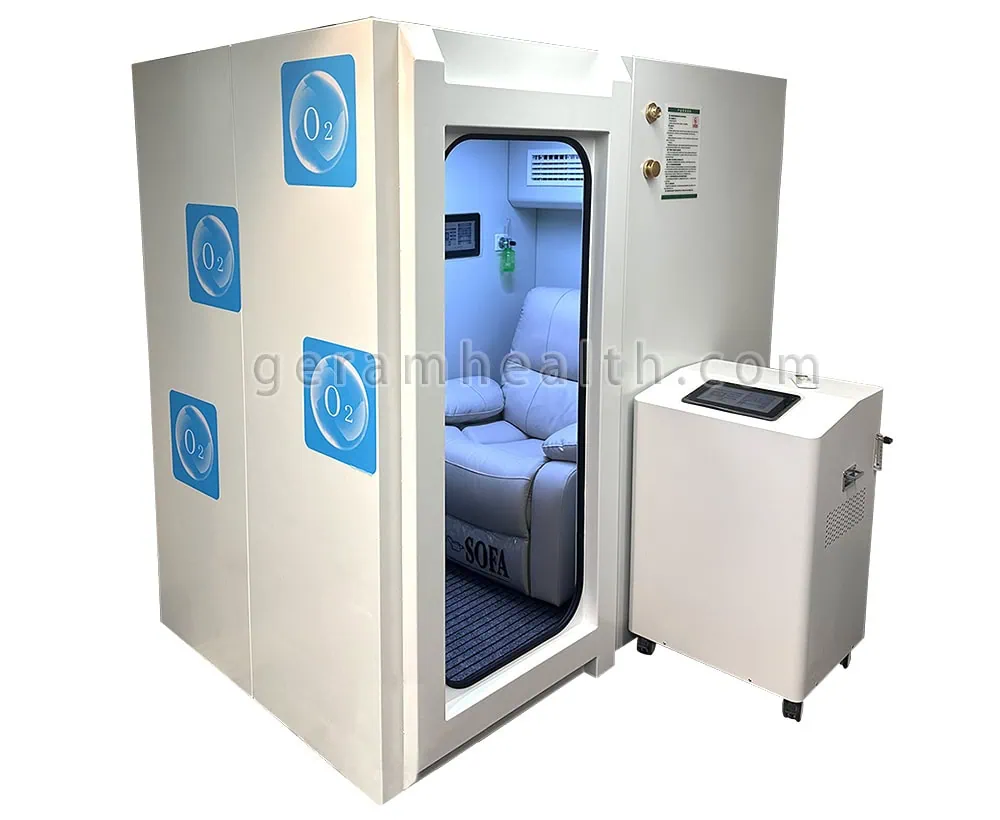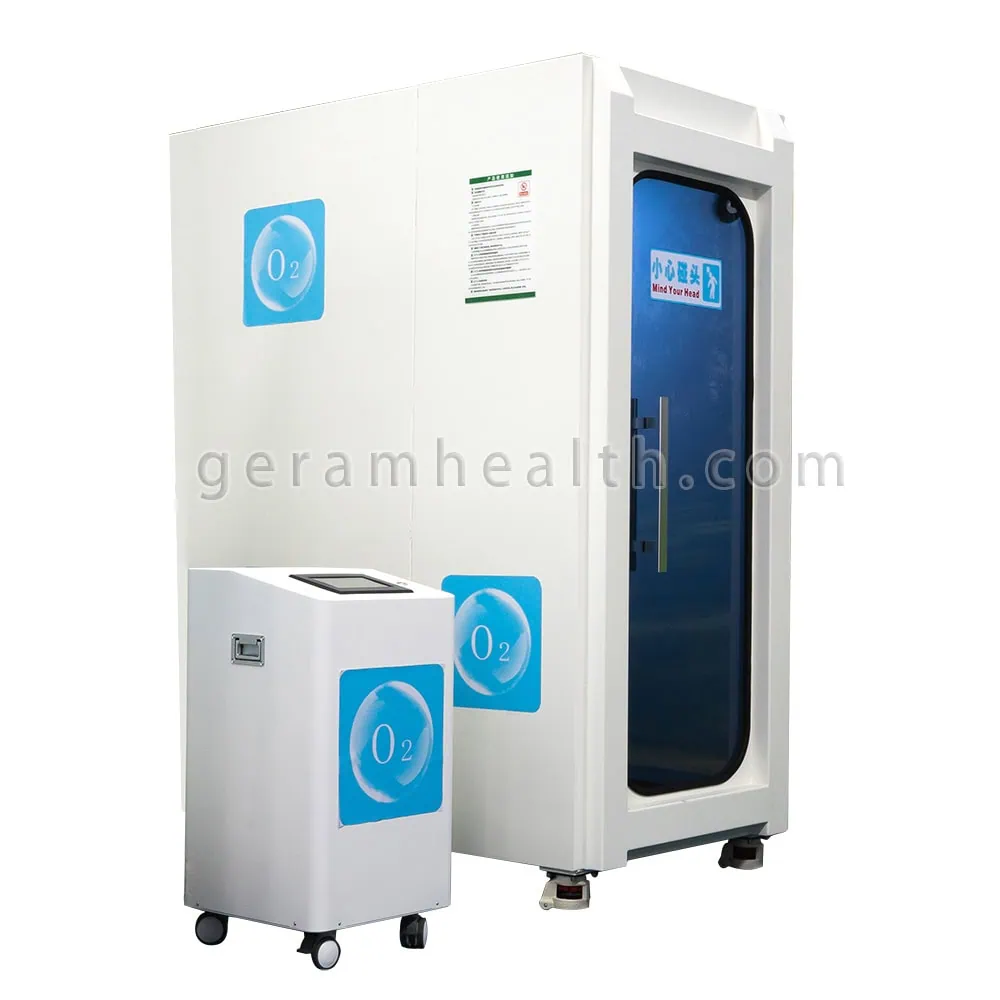Introduction
Delving into the realm of medical innovation, hyperbaric oxygen therapy stands as a beacon of hope for those grappling with a spectrum of ailments, from decompression sickness to non-healing wounds. This groundbreaking treatment involves the inhalation of pure oxygen within a pressurized environment, orchestrating a symphony of physiological responses aimed at rejuvenating damaged tissues and fostering healing. In this article, we embark on a journey to uncover the intricacies of hyperbaric oxygen therapy, from its underlying mechanisms to its diverse applications and potential risks. Join us as we navigate through the depths of this transformative medical intervention, shedding light on its efficacy, safety, and implications for patient care.

What is hyperbaric oxygen therapy and its benefits
Hyperbaric oxygen therapy encompasses inhaling pure oxygen within a pressurized setting. It serves as a proven remedy for decompression illness, a potential hazard linked with underwater diving. Additionally, this therapy aids in addressing various other ailments, including severe infections, air bubbles in blood vessels, and wounds impeded from healing due to conditions like diabetes or radiation injury.
Within a hyperbaric oxygen chamber, the atmospheric pressure elevates to two or three times the normal level. This environment enables the lungs to absorb significantly more oxygen compared to breathing pure oxygen at regular air pressure. The surplus oxygen combats bacteria and stimulates the release of growth factors and stem cells, thereby fostering healing processes.
How does hyperbaric oxygen therapy work
The body’s tissues demand a sufficient oxygen supply for optimal function, especially when injured, necessitating even more oxygen for recovery. Hyperbaric oxygen therapy augments the blood’s oxygen-carrying capacity, fostering tissue repair. With repeated sessions, the transient elevation in oxygen levels encourages sustained tissue oxygenation even post-treatment.
This therapy finds application in treating various medical conditions, with healthcare facilities employing it diversely. Medical practitioners may recommend hyperbaric oxygen therapy for conditions like severe anemia, brain abscess, arterial gas embolism, burns, carbon monoxide poisoning, and others listed.
What are the side effects of hyperbaric oxygen therapy
While generally safe, hyperbaric oxygen therapy carries potential risks, albeit rare. These include middle ear injuries, temporary nearsightedness, lung collapse, seizures due to oxygen toxicity, decreased blood sugar in diabetic patients, and, under specific circumstances, fire hazards.
How to prepare for hyperbaric oxygen therapy
Patients are typically provided with hospital-approved attire for the procedure and instructed to refrain from bringing items generating heat into the chamber. Petroleum-based hair and skin care products are also prohibited due to fire risks.
Hyperbaric oxygen chambers come in two primary types: monoplace hyperbaric chamber and multiplace hyperbaric chamber. Regardless of the setting, the therapy’s effects remain consistent. During treatment, patients experience increased air pressure, leading to a temporary sensation of ear fullness, akin to changes felt during air travel or high-altitude environments. The therapy typically lasts around two hours, during which healthcare professionals closely monitor patients.


How do you feel after hyperbaric oxygen therapy
After the session, patients undergo a check-up before being cleared to leave. Common post-treatment experiences include fatigue or hunger, but the therapy does not impose activity restrictions.
Conclusion
To derive optimal benefits, multiple sessions of hyperbaric oxygen therapy are often necessary, with the frequency determined by the specific medical condition. It typically forms part of a comprehensive treatment plan, tailored to individual needs and may incorporate additional therapies and medications.

